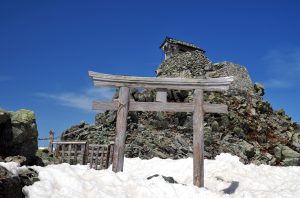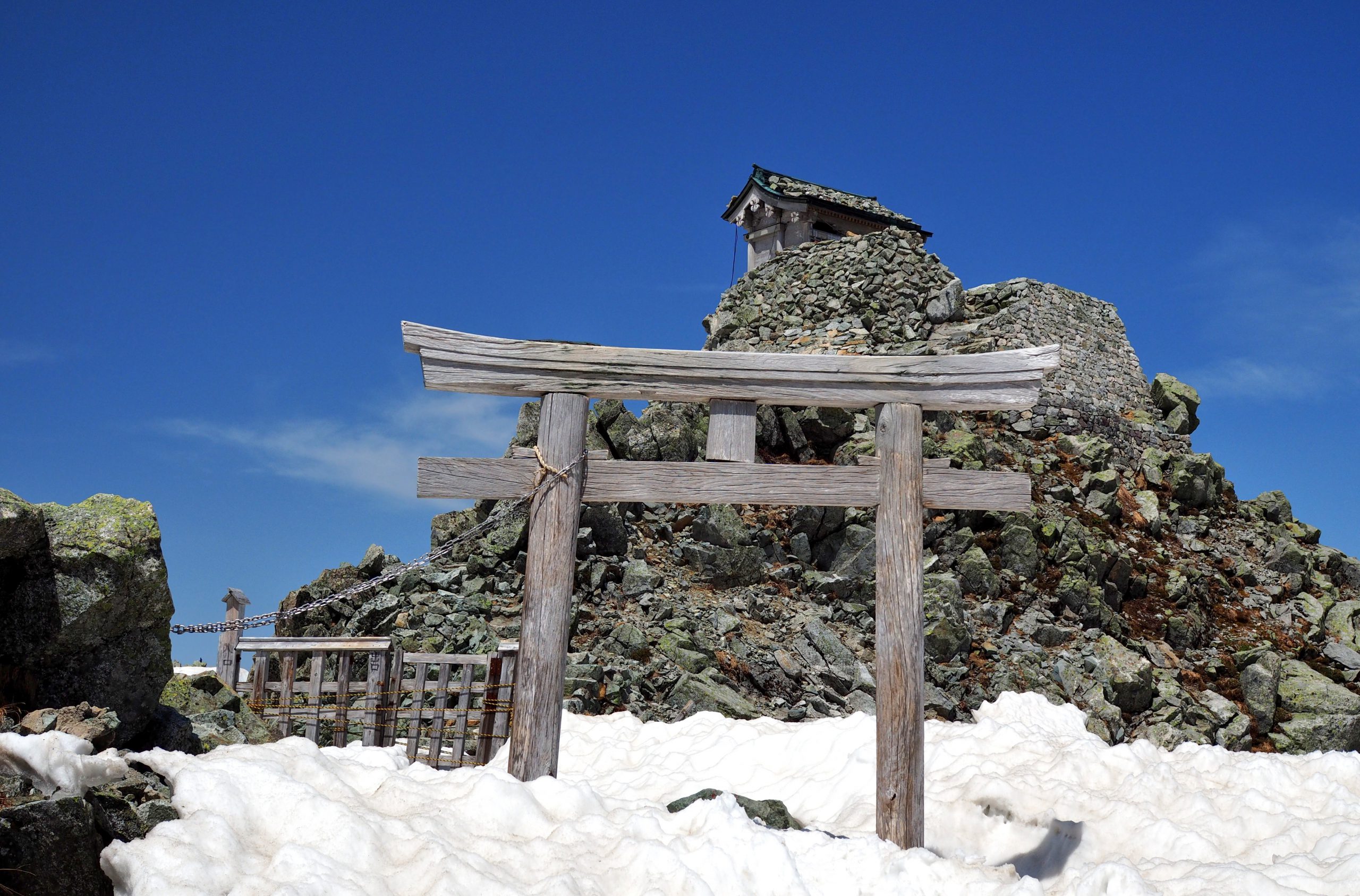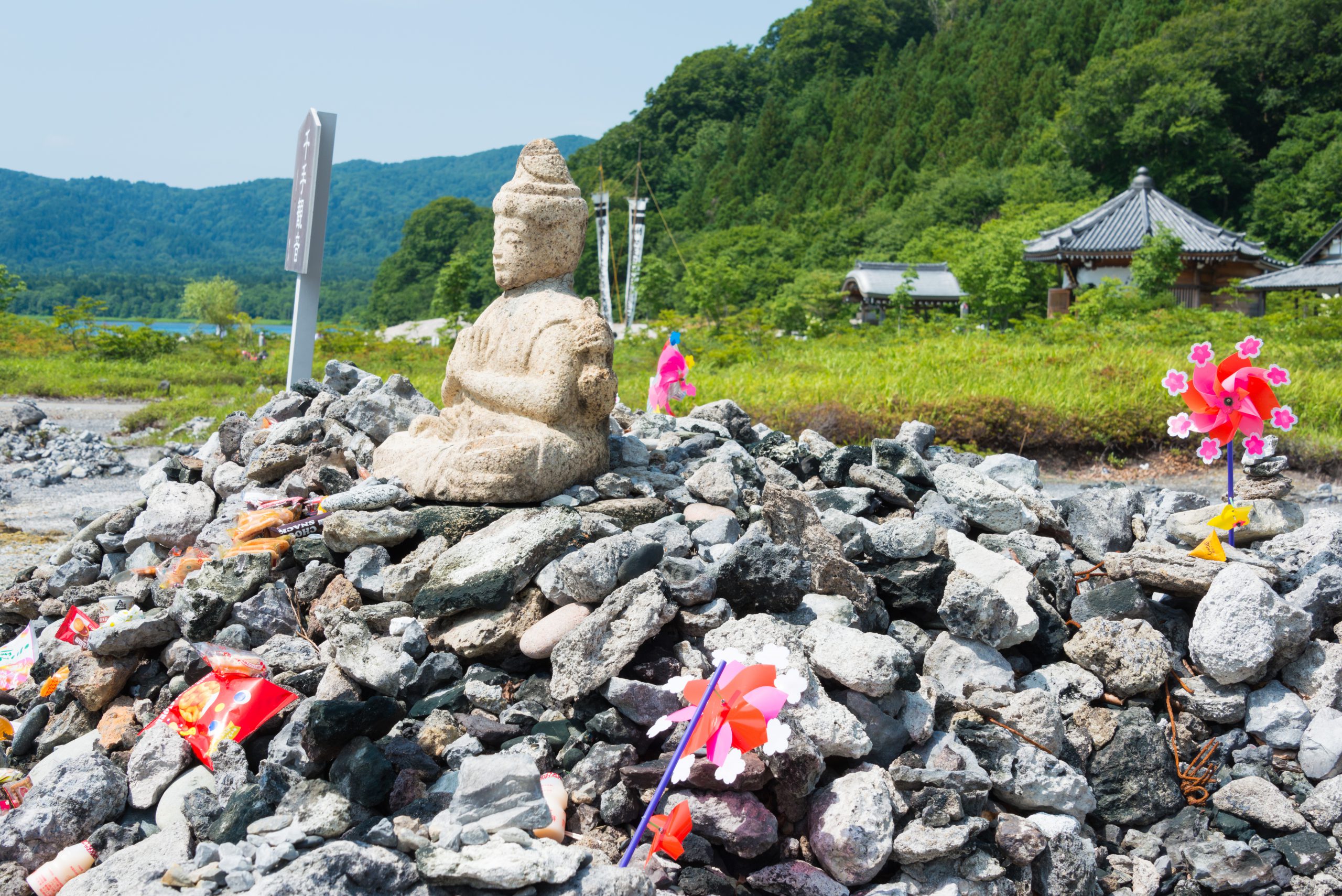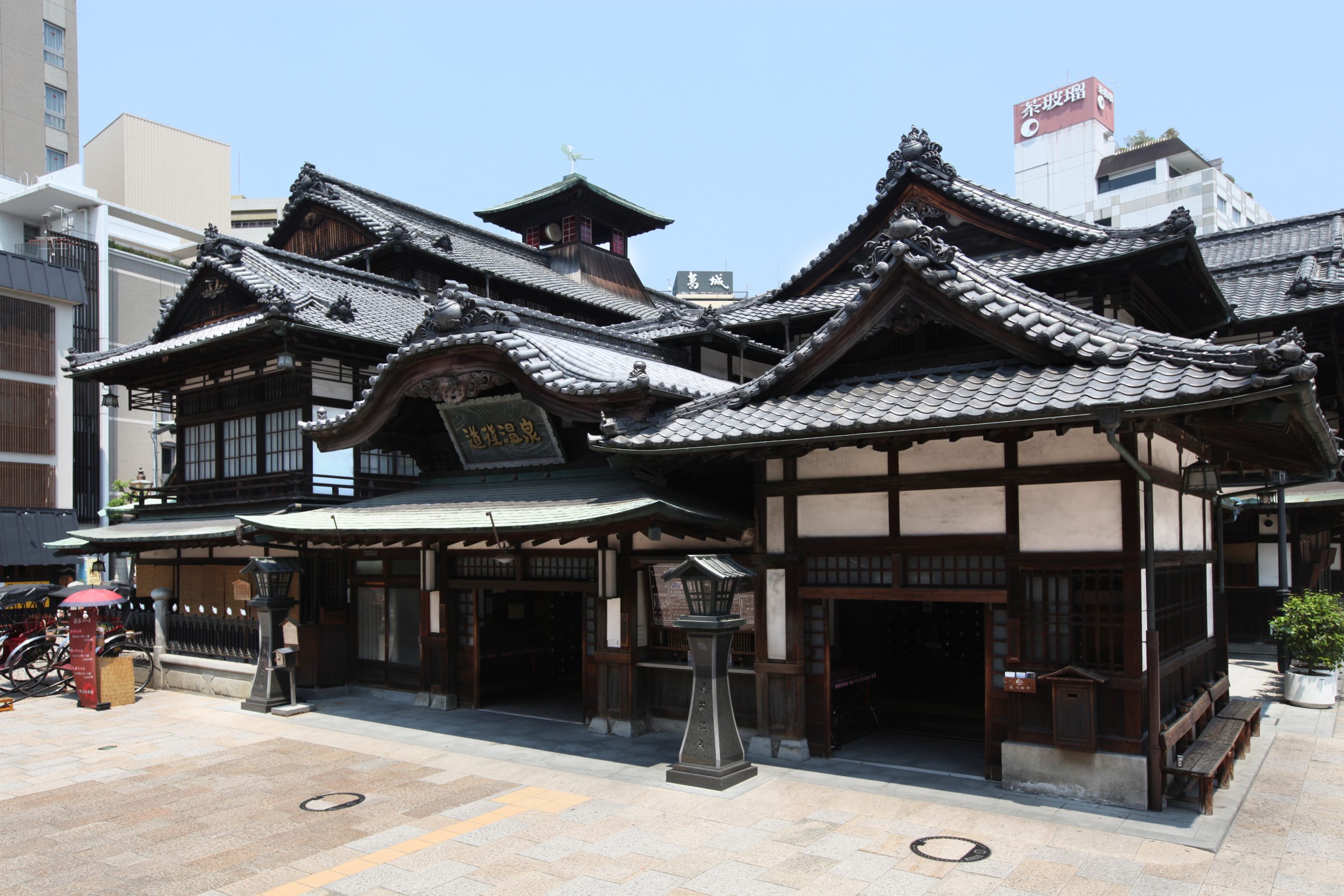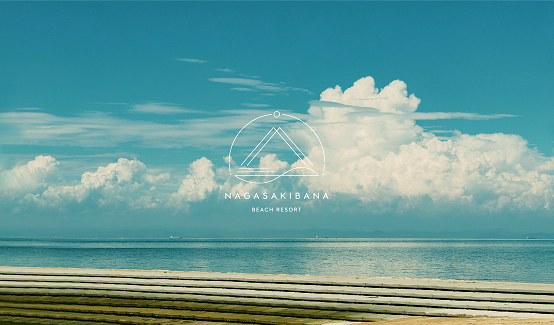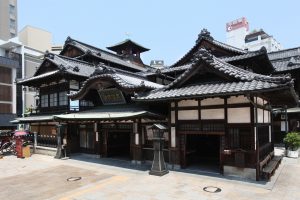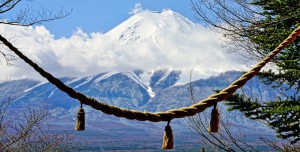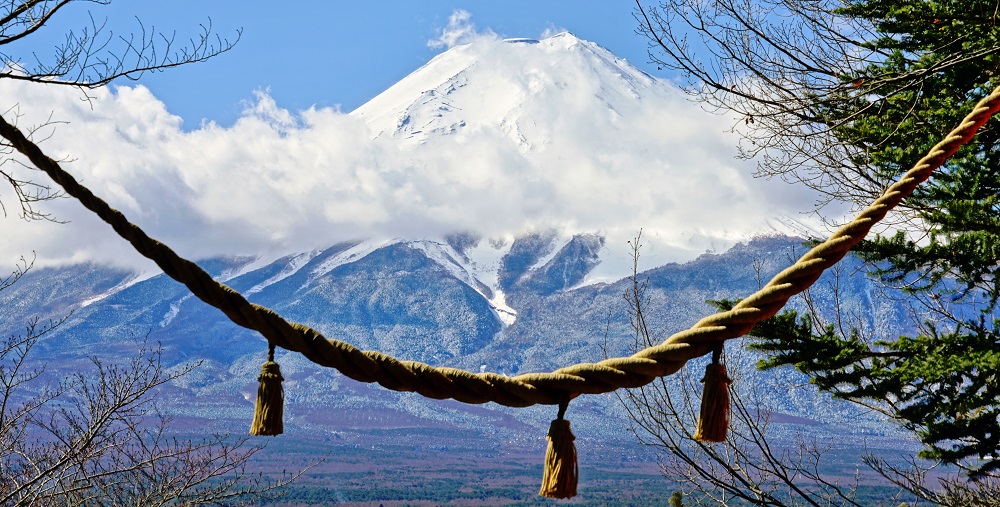
by ISHIKAWA Michio
Japan is often seen as a small island country in the Asia-Pacific region. Its total land area is 378 000 km2. Excepting the Russian Federation, the only countries in Europe which are larger are France, Spain and Sweden. In that sense, it is not a small country at all. Mountain regions represent 61% of its surface area. Woodlands cover the two thirds of its territory - nearly 250 000 km2, which is more than the surface area of Great-Britain. Japan is a country where mountains, forests and water are abundant.
Located on the Pacific Fire Belt, it is also one of the countries in the world with the highest volcanic activity. Volcanoes are of course a threat, but they also created magnificent landscapes such as Mt Fuji. And volcanic activity brought another blessing: natural hot springs, or onsen. It is said that there are about 27 000 places throughout Japan where hot water naturally spurts out from the bowels of the earth. There are about 3000 villages or sites with hostels or ryokan (traditional inns) making use of this hot water. As for Europe, the figure is about one hundred in France and a little more than two hundreds in Italy. It can be said that Japan is the first country in the world in terms of hot springs, well ahead of Turkey, The United States or China.
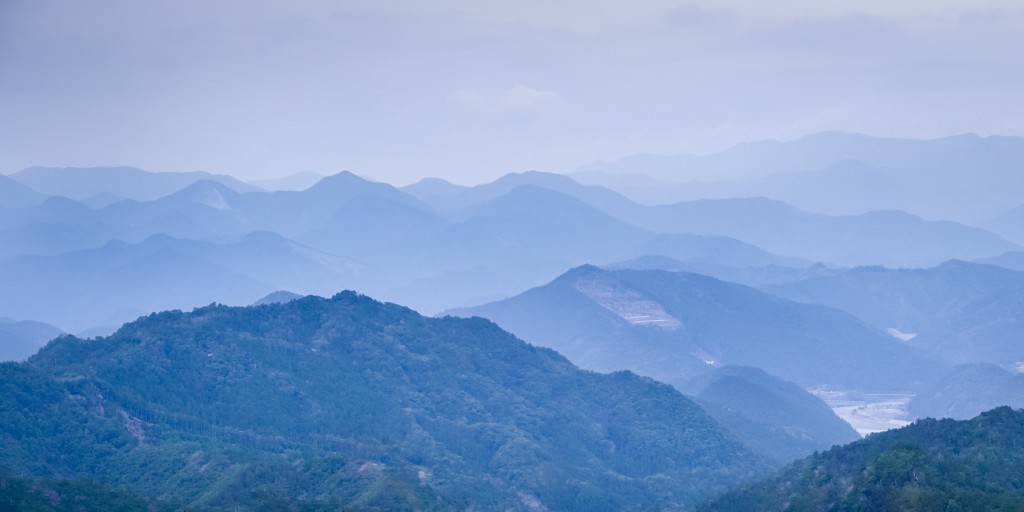
Based on these geographical features, Japanese people developed a specific cult of nature which considers that all the elements of nature - mountains and rocks, forests and big trees, rivers and water - are inhabited by deities (called kami in Japanese). This hot water spurting out from the earth was in itself a supernatural phenomenon which inspired fear and respect. But as they began using these hot springs, people progressively discovered their benefits (warming of the body, beautiful skin, etc.), as well as their therapeutic effects such a more rapid healing of wounds and pains. The feelings of gratitude and affection became stronger, and the worship of the deities protecting the hot springs (called Yu-no-kami in Japanese) progressively expanded.
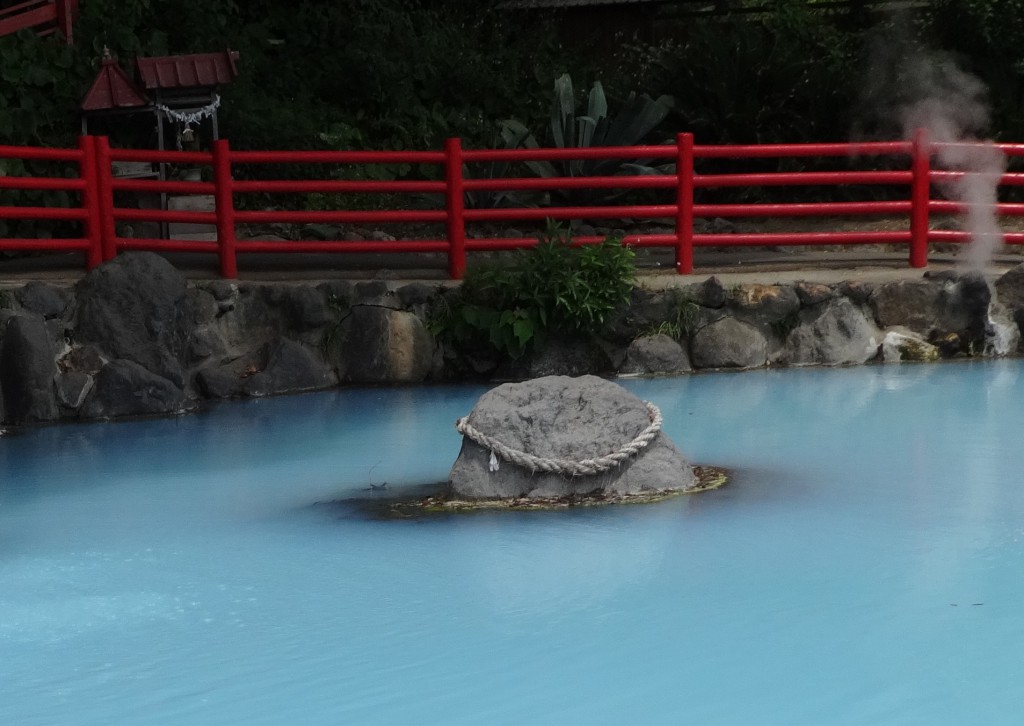
As an example of this faith dedicated to Yu-no-kami deities in hot spring regions, we can mention the fact that the term Tamatsukuri Yu-no-yashiro (shrine of the hot spring of Tamatsukuri) already appeared in the book Izumo-no-kuni Fūdoki (report on the Izumo province), completed in 733 during the Nara period. Likewise, in the collection of laws Engi-shiki, published in 927, during the Heian period (when the capital was transferred to Kyōto), we can find mentions of about ten onsen shrines (onsen-jinja) where Yu-no-kami deities were worshipped. Scholar Masumi Sugae, who travelled across the regions of northern Tōhoku and Hokkaidō 250 years ago, during the Edo period, described in detail, with the help of illustrations, the Yu-no-kami deities who were worshipped in a number of hot spring regions.
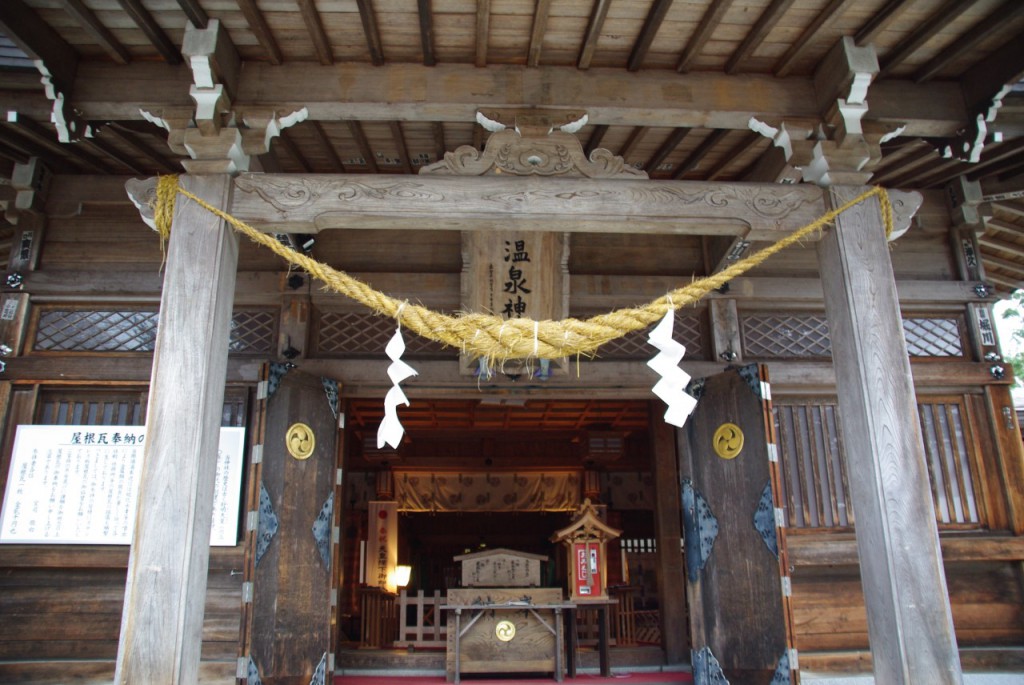
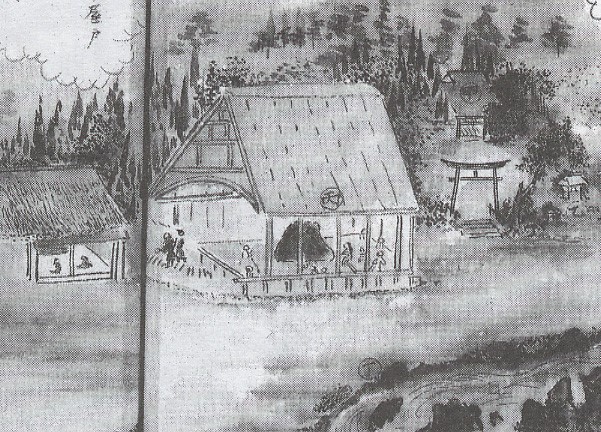
ⒸISHIKAWA,Michio Nasuyumoto Onsen Jinja Shrine ⒸISHIKAWA,Michio Picture of Iwakura Onsen in Edo era
In fact, these faiths dedicated to nature and hot springs are not specific to Japan. We can find them for instance among the Celts, who were the native people of ancient Europe. Celts worshipped nature, which supports life and brings fertility, and considered woods, particularly oak trees, but also rocks and springs (whether cold or hot water), as sacred places where deities lived, as it can be seen in the Le Puy region in France. They believed that these springs were the home of different female deities who had the power to heal diseases, and they made offerings to them.
We often tend to consider these faiths towards nature and hot springs as rustic and primitive.
But cherishing and protecting nature and hot springs does not create any excessive burden on the natural environment or the water resources.
Today, as the entire society asks for “sustainable development goals” (SDGs), it is possible to consider this as an attitude which relates to the sustainable use of resources. In Japan, in the hot spring villages with a long history, onsen-jinja (onsen shrines), with their traditional wooden buildings, and onsen-dera (onsen temples) which protect hot springs under the auspices of buddhism, contribute to creating scenic landscapes which delight the visitors.
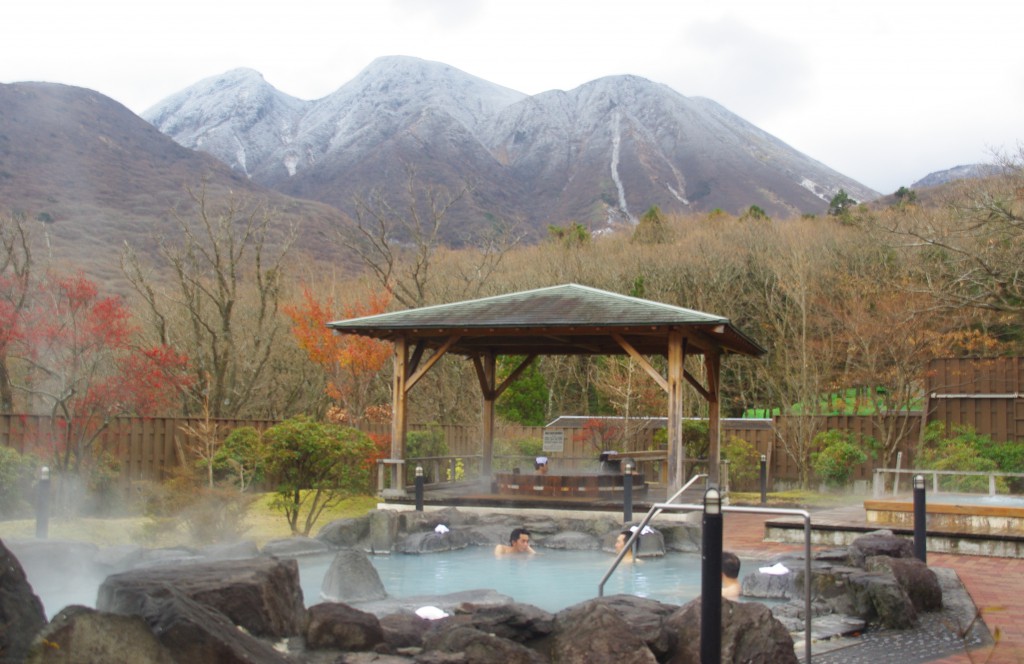
ⒸISHIKAWA,Michio Hossho Onsen & Mt. Kuju

